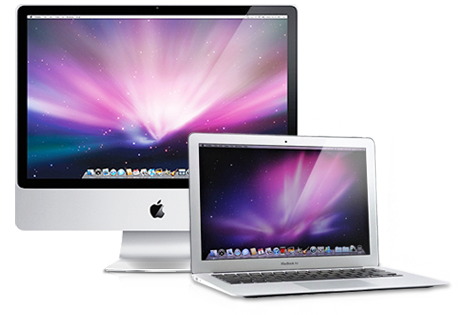
Call this one of the most heard complaints - a computer that once raced through complex processes now stammers and sputters as it completes its work. Do you need a new computer? That’s the common fear, but it may not be the case.
First ask yourself these questions: are you working with much larger databases? Did you install a new operating system? Are you playing graphically intense games? A handful of causes such as these make hardware upgrades a necessity.
Usually, a computer has a much longer useful life than many of us understand - if only it is cared for properly. There are several quick, reliable fixes to help speed up the slowest computers.
Here are six DIY fixes that will help bring your computer’s performance back to what it was when it was new out of the box.
It sounds too simple but a regular restart - at least once a week - lets the computer finish installing software updates, and just clearing the memory of tasks in progress sometimes helps the machine work faster.
Good computer hygiene means having a scanner for virus protection and spyware on your machine; do not delete them. Be aware that they put a strain on the system when they are inspecting files for possible dangers, so expect it to run slowly or, better still, plan not to use the computer when the scans are running. Many let the user pick a time window for these preventative scans. Midnight, for instance, might be a good time slot for letting the software do its job without interfering with yours.
Computers stash files in bits here and there on the hard drive, and reassembling them on the fly takes times. Eliminate that process by regularly - say every month - defragging the drive. Select MY COMPUTER, then under the Tools tab for the hard drive you’ll find the option: Defragment Now. (Apple computers, by virtue of their architecture, are less susceptible to fragmentation issues. Most users never have to defrag a Mac.)
This is done by running a built-in Windows program called “Disk Cleanup.” It deletes unneeded temporary Internet files and program installers, or simply put, files you don’t need. Find it under START - ALL PROGRAMS - ACCESSORIES. (There is no comparable program for Apple but there are third-party programs in the App Store that are similar. AppZapper is often recommended.)
Most of us regularly use a handful of programs even though we have many dozens installed. Just uninstall six to ten you are pretty sure you won’t miss. Do not uninstall programs you don’t understand but which you may need - typically issued by Microsoft or the PC manufacturer. When space is tight, the computer wastes times looking for empty spots to stash data. A purge of wasted space - and programs are usually the biggest hogs of space - is a fast speed up trick.
RAM - or “random access memory” - is a huge factor in a computer’s speed, and it is also cheap. An upgrade to 4GB usually costs less than $50, and that should produce immediate results. Many computer owners believe in installing as much RAM as their computer will accept, mainly because it is comparatively inexpensive today, and there is no surer way to produce such a speed burst. This is the one trick that can add a year or more to a computer’s useful life.
Still need targeted advice on how to safely and quickly improve your computer’s speed? Online computer diagnostic and advice services are there to guide you. Call iYogi for on demand tech support. There are free DIY videos online as well as personal support online. 1-800-237-3901.

Choose from one of our solutions and experience high quality support for your home or business needs. Go ahead, make the most of technology.
Call Us Toll Free Now
No issue is too big or too small for our tech experts. With the lowest wait time and the highest resolution rate,
our technicians have set high standards. Just call us and watch your problem become ours.